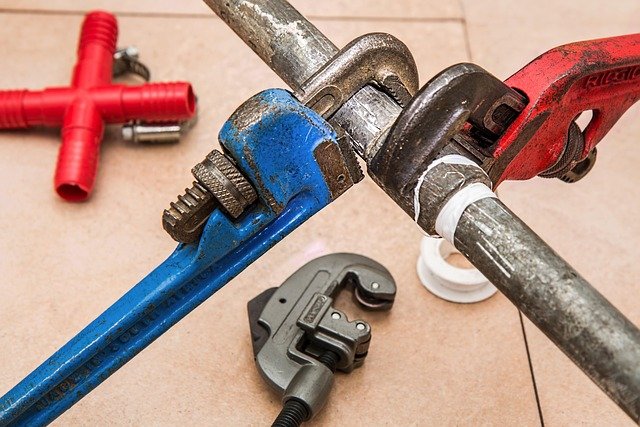Practical Guide to Duct Tape: Uses, Types, and DIY Tips
Duct tape is a widely used adhesive tape known for its versatility and strength. From quick household fixes to creative projects, this tape combines a fabric-backed strip and a pressure-sensitive adhesive to stick to many surfaces. Understanding how different tapes perform and how to use them properly helps avoid common problems like residue, failure in extreme temperatures, or unsuitable applications.

duct tape
Duct tape is a fabric-reinforced tape originally developed for sealing ducts but now used for a broad range of tasks. Typical duct tape has a polyethylene outer layer, a cloth or scrim layer for strength, and a rubber-based adhesive. It is valued for tear resistance, conformability, and tensile strength, which make it useful for bundling, patching, and temporary holds. Keep in mind that not all duct tapes are equal: industrial-grade versions will handle higher loads and harsher conditions than basic consumer rolls.
Many duct tapes resist moisture and provide a decent temporary weather seal, but they are not a permanent replacement for specialized sealing products. When removing duct tape, heat (a hairdryer) can soften the adhesive and reduce residue left on painted surfaces. Test a small area first on delicate finishes.
clear tape
Clear tape refers to transparent adhesive film commonly used for sealing, wrapping, and lightweight repairs. It has a smoother finish and a less aggressive adhesive compared with duct tape, and is often cellulose or polypropylene backed. Clear tape is preferred for tasks where appearance matters—gift wrapping, document repair, and situations where visibility of the underlying surface is important.
Clear tape does not offer the same tensile strength or water resistance as duct tape and can fail under stress or prolonged exposure to sunlight. For applications that demand transparency and a tidy look but not heavy-duty strength, clear tape works well. Consider specialized clear tapes with UV stabilizers if long-term outdoor exposure is expected.
adhesive
Adhesive chemistry determines how a tape performs: common adhesives include rubber-based, acrylic, and silicone formulas. Rubber adhesives provide strong initial tack and are common in duct tape; acrylic adhesives often offer better aging, temperature range, and UV resistance; silicone adhesives can bond to difficult surfaces and resist extreme temperatures. The choice of adhesive affects stickiness, removability, compatibility with surfaces, and longevity.
When selecting tape, consider the substrate (paint, metal, plastic, fabric), environmental conditions (heat, cold, moisture), and whether you need the tape to be removable without residue. For delicate wallpapers or freshly painted surfaces, use tapes with low-residue adhesive or test in a hidden spot. Compatibility information is often on packaging or manufacturer data sheets.
repair
Duct tape and clear tape both have roles in repair, but matching the tape to the job is essential. Use duct tape for reinforcing seams, emergency patching of outdoor equipment, securing loose parts, or temporary fixes on fabric and rigid materials. Clear tape suits small tears, document repair, and cosmetic fixes where neatness and transparency matter.
Tips for effective repairs: clean and dry the surface before application to improve adhesion; apply firm pressure and smooth from the center outward to remove air pockets; overlap tape ends for a more secure seal. For long-term or safety-critical repairs—such as structural, electrical, or plumbing work—use appropriate repair materials and consult local services or a qualified professional in your area.
DIY
Duct tape and clear tape are staples for many DIY projects, from crafting and home organization to prototyping. Duct tape can be folded into straps, belts, wallets, and decorative coverings; clear tape works well for laminating, temporary templates, and precision joins. Combining tapes with other materials like fabrics, cardboard, or foam board expands creative possibilities.
Storage and handling affect DIY outcomes: keep rolls in a cool, dry place away from direct sunlight to preserve the adhesive; cut tape with a sharp blade or dispenser for cleaner edges; and consider dispensers that allow one-handed use. If you’re sourcing supplies, local hardware stores, craft shops, and online marketplaces typically offer a range of tape types and widths suited to different projects.
Conclusion
Duct tape and clear tape are practical tools with distinct strengths: duct tape provides strength and versatility for heavier, temporary fixes, while clear tape serves lighter, appearance-sensitive tasks. Understanding adhesive types and correct application improves results and reduces damage or failure. For long-term or safety-related jobs, seek appropriate materials or professional assistance in your area rather than relying solely on tape.






